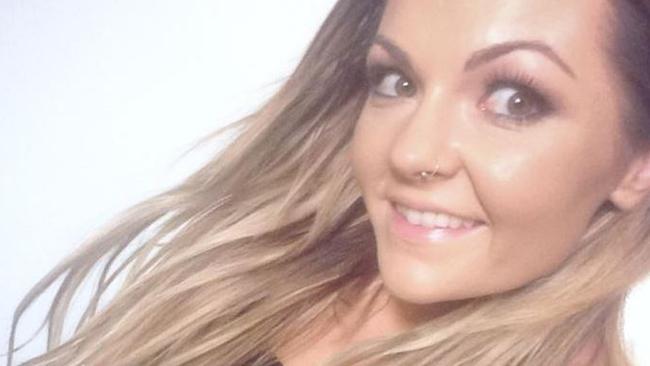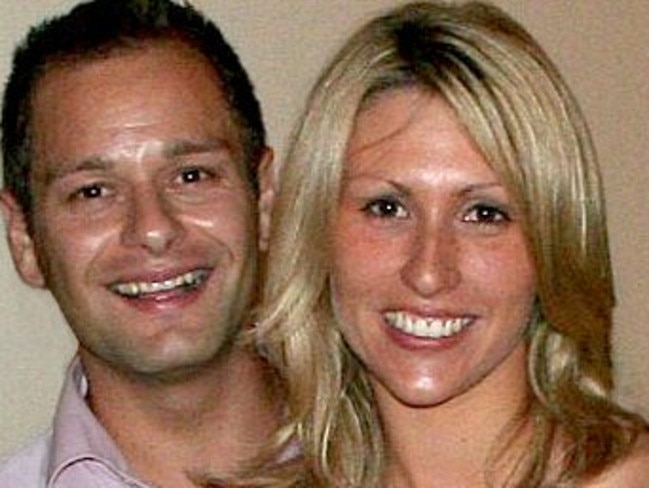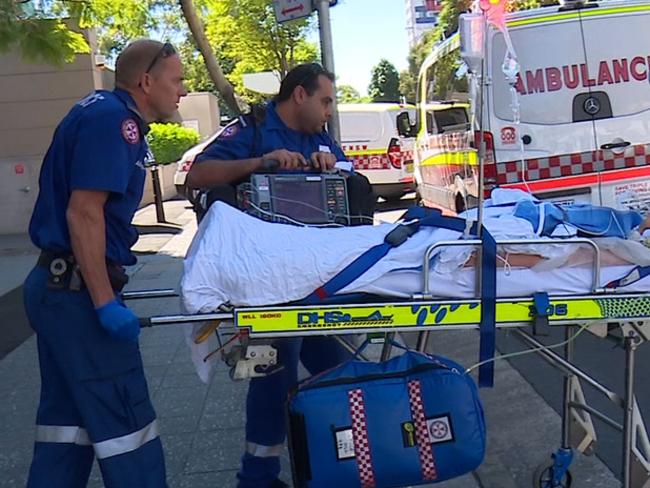Plastic surgery blunders ignite calls for regulation of cosmetic surgery industry
WOMEN are walking into clinics to improve their looks and instead end up in intensive care — and there’s nothing being done about it.

SURGERIES are traditionally performed in a hospital, but if it’s cosmetic surgery you’re after, a clinic by a local shopping centre will do.
It was at one of these shiny clinics in Sydney’s Bondi Junction where a 22-year-old woman went into cardiac arrest this week and was rushed to hospital as “adverse effects” arose while undergoing breast enlargement surgery.
The Cosmetic Institute is now being investigated by the Ministry of Health and the Health Care Complaints Commission, and it’s the second time this year a woman has been hospitalised with heart problems during a breast enlargement at the clinic.
It’s thrust into public attention the lack of regulation around the lucrative cosmetic surgery industry and has victims calling for something to be done.
WORST CASE SCENARIO
When Lauren Edgar checked in to a South Australian hospital for liposuction, she went there to improve her life.
Her doctor said she had told him her reason for undergoing the cosmetic surgery was to look better. “She wanted to do this for herself,” he said.
The 28-year-old had no way to know of the complications that would arise. Rather than her decision to go under the knife improving her life, it would end it.
In the days following the operation, Lauren would complain of feeling “very, very uncomfortable”. She developed a yellowness to her skin that worsened with the pain she was experiencing in her legs.
Yellow turned to white and her appetite faded. The skin on her legs was patchy and red and bursting with blisters.
Lauren died of multi-organ failure days after her liposuction procedure in March 2008. A coroner found she had contracted gangrene after becoming infected during the operation.

The previous year, Lauren James had made the same decision to go under the knife. Her partner didn’t understand why — he already thought she was flawless.
But the 26-year-old had done her research, weighed up the risks and decided having 1800 millilitres of fat removed from her thighs and buttocks was what she wanted to do.
After three days of agony, Lauren James succumbed to the sepsis infection a coroner decided she had contracted during the procedure.
Her partner, Simon Dal Zotto, was left to plan a funeral instead of a wedding. He went on to sue the North Caulfield clinic’s doctor, who vowed never to carry out liposuction again.
CALLS FOR ACTION
Lauren’s death — the first of three deaths of Australian women caused by cosmetic surgery gone wrong in recent years — led for calls for tighter regulation on the industry.
Those calls have been renewed this week after the most recent complication went public.
About lunchtime on Wednesday, a 22-year-old woman was rushed to St Vincent’s Hospital in Sydney after suffering “adverse effects” while undergoing breast augmentation surgery.
The Victorian woman was at The Cosmetic Institute’s Bondi clinic when it is believed she entered cardiac arrest while undergoing a breast enlargement procedure.

There were reports the woman died on the operating table before being rushed to hospital, spending some time in the intensive care unit.
The incident follows a similar surgery mishap earlier this year when 20-year-old Amy Rickhuss was rushed to hospital with heart problems during a breast procedure at one of The Cosmetic Institute’s Sydney clinics.
The 21-year-old recovered after going into cardiac arrest and has sought legal advice. Since hearing about Wednesday’s incident, she’s said: “Something needs to be done”.

WORSE THAN WE KNOW
Australian Society of Plastic Surgeons president Hugh Bartholomeusz has called for nationwide regulation of the cosmetic surgery industry, but he’s been doing that for years.
He said while he can’t get his head around the lack of urgency around the issue, he hopes the latest high-profile disaster will bring attention to the issue.
“Part of the problem is we just don’t know how bad the problem is,” he told news.com.au
“At the moment there’s a three-tiered system for these facilities — there’s hospitals, day hospitals and unaccredited facilities — and we believe there are procedures being carried out in these clinics that shouldn’t be.”
Dr Bartholomeusz said part of the problem was the clinics had no obligation to collect data on complications or other issues with their procedures, causing a shortage of evidence to support the push for greater regulation.
A major cause of complications was clinics that did not have an anaesthetist participating in procedures, meaning the surgeon acted in both roles and would struggle to be attentive to the patient’s needs. Dr Bartholomeusz said this had to be urgently addressed “before someone dies”.
Surgeons were also practising in some clinics without appropriate qualifications, he said, and that wasn’t punishable.
“Complications from any surgery can occur, and if they do, you want to be in a facility where you can be transferred very quickly to an intensive care unit,” he said.
“In most of the major hospitals those are very close and in day surgery facilities they have an arrangement by law to be close and be able to transfer a patient quickly and safely to an intensive care unit.
“But patients are walking into these often very flashy office-based clinics they think look fantastic, but there’s not an anaesthetist present and they’re nowhere near a hospital.”
While he said all this could be changed “overnight” if the federal government were to step up, the only major breakthrough made was a call for submissions and a series of guidelines proposed by the Medical Board of Australia.

WHAT THEY’RE PROPOSING
Medical Board chair Dr Johanna Flynn told news.com.au it was clear greater regulation was needed, but resistance was strong.
“I think [The Cosmetic Institute incident] will create that need for greater urgency,” she said.
“We’re living in an age of deregulation, so every time you want to enforce regulation, the authorities will want to see the evidence of the problem, which you can understand; they want to cut red tape.
“But if there is a problem and you have evidence, even if it’s only two, three, four people whose lives, whose safety, is seriously at risk by what is, really, an elective procedure, then that’s a strong indication that something needs to be done.”
Among other things, the board is proposing enforceable restrictions on what procedures can be carried out where, a cooling-off period for patients between deciding to have procedures and going through with them, and explicit responsibility for post-operative care by the treating practitioner.
While it’s important for regulatory agencies to enforce these standards, Dr Flynn said when it came to cosmetic surgery, it was a case of “buyer beware”.
“You’ve got people who are motivated by a fairy tale view of what their body might look like and you’ve got practitioners, most of whom are trying to help patients, but some of them probably get a bit carried away with their enthusiasm for what they’re doing,” she said.
“I think they need to think carefully about what they would like to have done and be realistic about what outcome they expect and recognise that all surgery carries risks.”
Dr Bartholomeusz said there were a few simple checks prospective patients could do to make to minimise those risks.
“They should check the facility, ask if they are accredited, are they licenced and do they have an anaesthetist,” he said.
“There is a risk with any surgery and any location relating to the patient’s health, but you want to minimise it to the utmost.”



